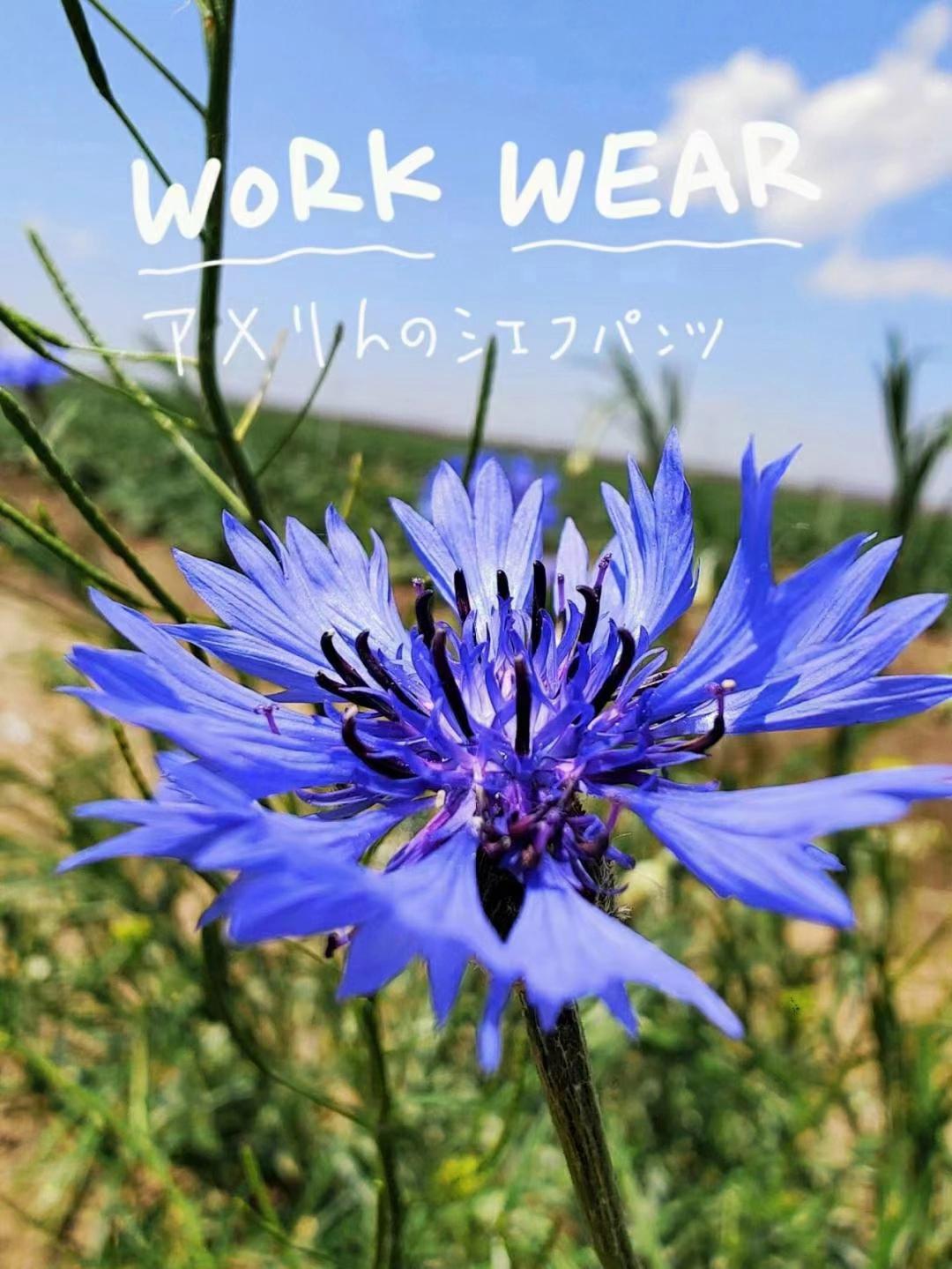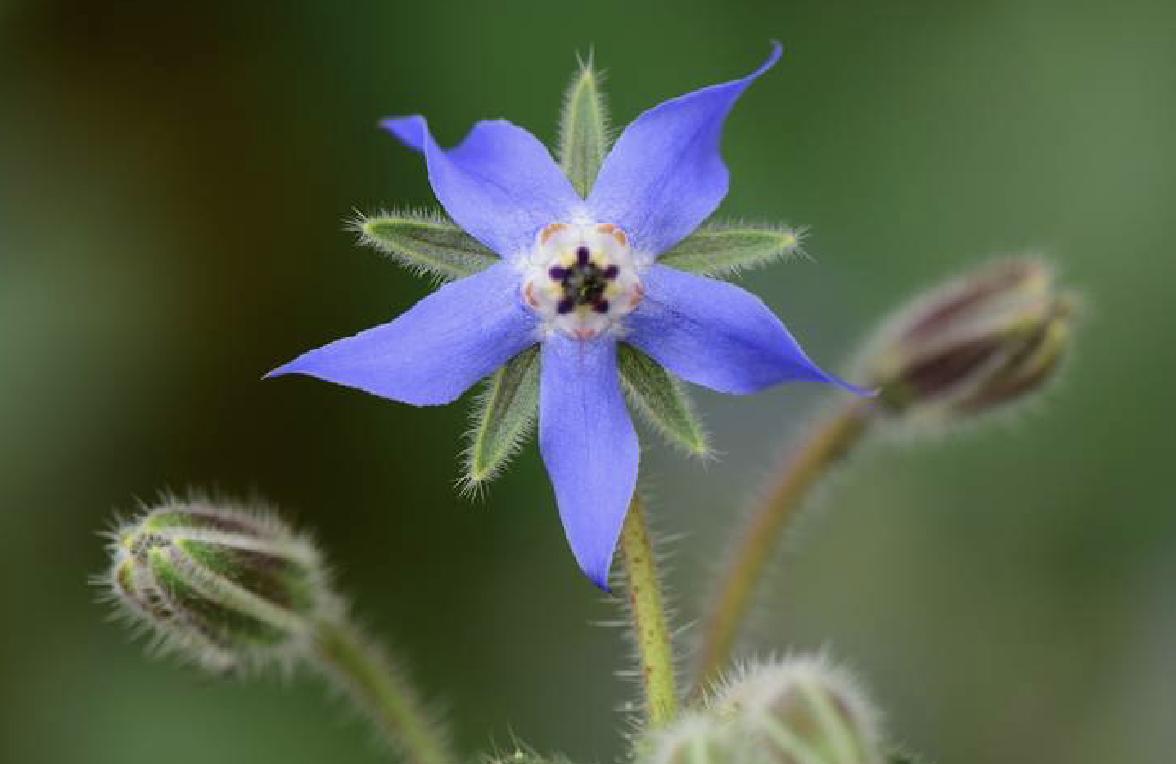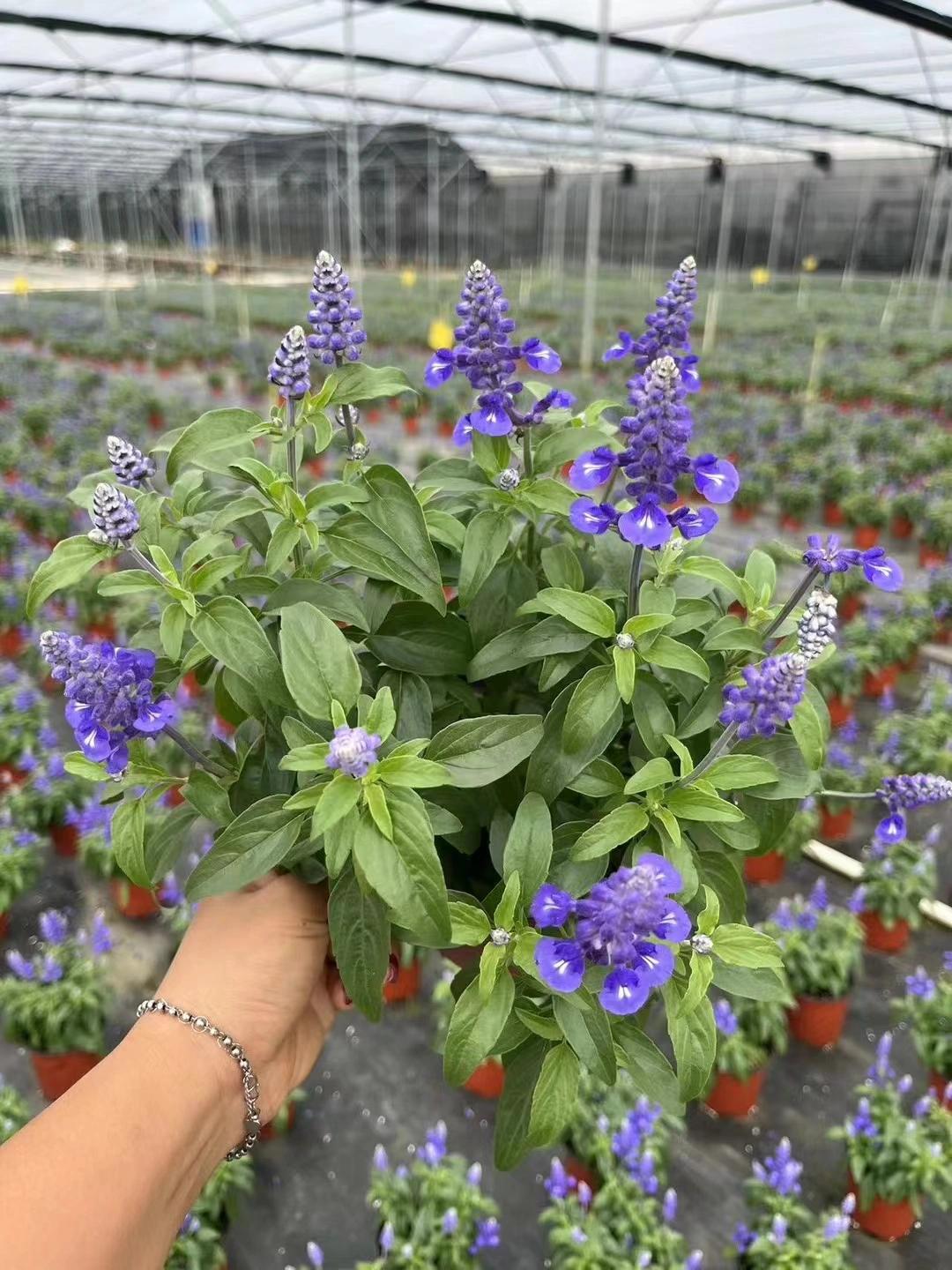Dioncophyllaceae is a fascinating plant family with an interesting story. They are carnivorous plants found in the tropical rainforests of West and Central Africa. What sets them apart from other carnivorous plants is the fact that they don’t have traditional traps to catch their prey. Instead, they produce sticky hairs on their leaves that trap and digest insects and small animals that come into contact with them. This unique adaptation to their environment has made Dioncophyllaceae an important subject of study for biologists and botanists alike, and continues to mystify and intrigue scientists and nature enthusiasts around the world.
Picture
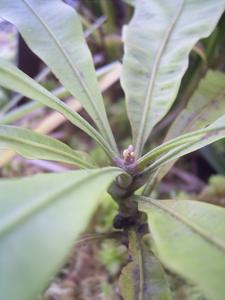
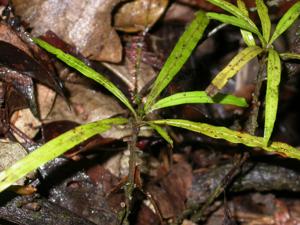
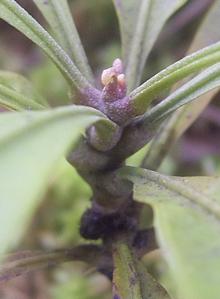
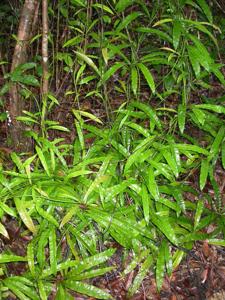
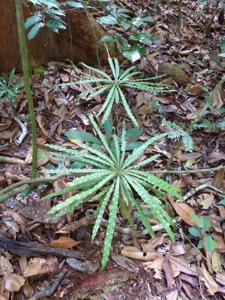
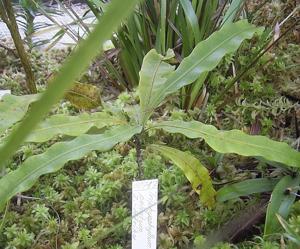
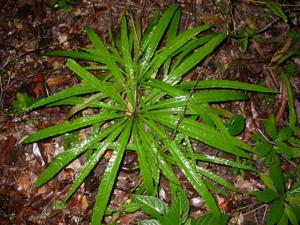
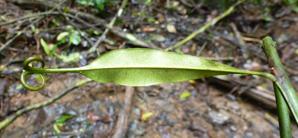
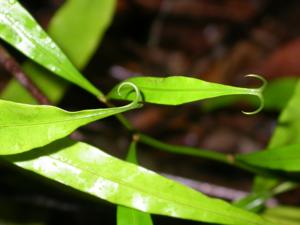
Plant some seeds now!
Multi-Colored Bachelor’s Button
Short Description
The Dioncophyllaceae are a family of flowering plants consisting of three species of lianas native to the rainforests of western Africa.
Their closest relatives are Ancistrocladaceae. Both families lie within a clade of mostly carnivorous plants which, since 1998 or so, have been moved to the order Caryophyllales. This clade also includes the families Droseraceae (sundews and Venus’ flytrap) and Nepenthaceae (an Old World genus of pitcher plants), as well as Drosophyllaceae.
All species in the family are lianas at some point in their lifecycles, and climb by the use of pairs of hooks or tendrils formed by the end of the leaf midribs. The best-known member is the carnivorous Triphyophyllum peltatum, although the family contains two other species: Habropetalum dawei and Dioncophyllum thollonii.

